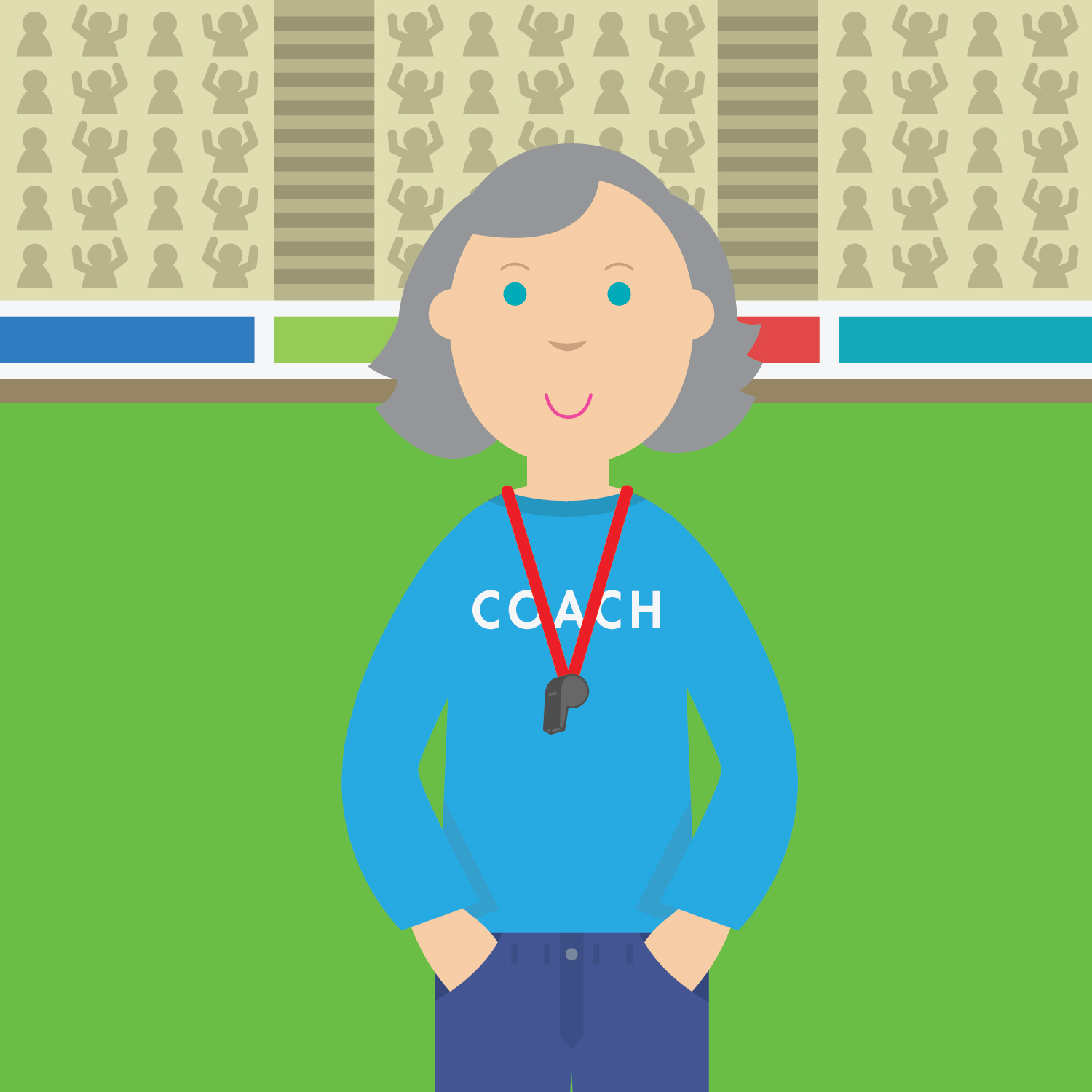February Newsletter | A Peek into the Life of a STAR Coach

A Peek into the Life of a STAR Coach
Have you ever considered becoming a STAR Certified Coach? It may sound like a big undertaking, but we promise it’s a lot easier than you may think! Becoming a coach allows you to support your fellow teachers and other instructional staff in implementing evidence-based practices throughout your school or district. As a coach, you’re a go-to guide for all things STAR and/or Links, with the opportunity to host trainings throughout the district on effective strategies and practices.
To give you a better idea of what it’s like to be a coach, we reached out to several certified coaches to share their experiences and advice! Thanks to Paisley Martin, Tasha Cerimeli, and Diana Albert—all coaches participating in the Arizona Statewide Autism Project. If the idea of becoming a STAR Certified Coach sounds intriguing, but you’re not sure what it entails or how to go about it, contact us for more info!
Paisley Martin
School: Gilbert Unified School District
Ages served: Preschool - high school
Curriculums used: STAR/Themes First! and Links/Routine Teaching Units
Student environment: Students who utilize STAR, Links, Media Center, etc. are primarily served (for the majority of the school day) in self-contained classrooms. We do have exceptions for many individual students.
Tell us about the process of implementing STAR or Links in your classroom.
I support teachers in their implementation process. Typically, new teachers attend a 1 or 2-day training provided by a district certified coach. The preschool and elementary classroom teachers typically begin by completing the SLP [Student Learning Profile], then utilize the Discrete Trial (DT) instructional method first and then focus on Pivotal Response Training (PRT) sessions once DT instruction is delivered with pretty good fidelity in the classroom. At the secondary level teachers typically start with Functional Routine (FR) instruction and simulation activities and then add DT once FR lessons are in place.
Why did you decide to become a coach?
I was a classroom teacher and was asked to apply. I was excited about taking on a new challenge.
What were the steps you took to become a coach?
I participated in the Arizona Department of Education (ADE) coaching training which really focused on concepts in the Mentoring Matters. To become a Links coach, I participated in coaching days through ADE’s grant and had the opportunity to work with the fabulous Amy Barnhill [STAR Autism Support trainer]!
What benefit did you see in being a local coach/mentor in your district or how did becoming a coach enrich your perspective?
I’ve really had the opportunity to see exponential growth in how instruction is delivered in our programs. Originally, our district provided academic curriculum to teachers for students in self-contained settings. We contracted with an outside agency and had many students receiving contract support to assess, develop, and implement DT programs and it wasn’t available to many students in need. I wrote a proposal to purchase the STAR curriculum for our district. The benefits since we began utilizing the program are too numerous to list—priceless! It meant instruction based on Applied Behavior Analysis (ABA) principles was available to ALL students in our programs. We consider it a Tier I intervention in our self-contained programs designed for students with autism.
Tell us about your experience supporting other teachers in your district.
Overall, I find new teachers embrace STAR and Links with ease. Support in the classroom when teachers are first assessing, and implementing is a must. Not many teachers leave the training and can implement without support in the form of live feedback, consultation, modeling, etc. I find teachers who taught prior to STAR/Links adoption require more monitoring to ensure they continue to implement.
Any advice to other teachers looking to become a coach?
Coaching using the STAR/Links curriculum provides such a great framework to support students. I would highly recommend participating in the STAR/Links coaching program. The information, feedback, and learning the program at a greater depth have had a great impact on teacher success and therefore student progress.
Diana Albert
School: Florence Unified School District
Ages served: PreK – 8yrs
Curriculums used: STAR
Student environment: Self-contained, cross-categorical
Tell us about the process of implementing STAR or Links in your classroom.
Teachers and paras have undergone initial STAR training for implementation. I’ve come in to coach and train new staff as needed.
Why did you decide to become a coach?
I initially piloted the program in our preschool about seven or eight years ago and was recommended by one of your program specialists to pursue the coaching certification.
What were the steps you took to become a coach?
After having taught a class for a couple of years, I was assessed on how I trained my staff and implemented the program by one of your specialists, and I passed on all the checkpoints.
What benefit did you see in being a local coach/mentor in your district or how did becoming a coach enrich your perspective?
I’ve learned a great deal about the STAR Program as a teacher but acting as a coach/mentor has helped broaden that knowledge.
Tell us about your experience supporting other teachers in your district.
It’s given me the opportunity to assist other teachers in implementing the program and learn some of the strategies associated with the program, which has helped them immensely with their classes.
Any advice to other teachers looking to become a coach?
For teachers, I would highly recommend pursuing coaching certification, for the benefit of working with a program which is researched-based and proven effective. [This allows for] further broadening of knowledge while in a coaching role, and working with your colleagues to further their knowledge and support their teaching.
Tasha Cerimeli
School: Sonoma Ranch Elementary
Ages served: 5 - 13
Curriculum used: STAR
Student environment: Self-contained
Tell us about the process of implementing STAR or Links in your classroom.
All of our teachers use STAR throughout the classrooms. The kindergarten rooms use functional routines to set expectations. They utilize Discrete Trial (DT) through their rotations and they have one Pivotal Response Training (PRT) rotation where the students get one-on-one PRT. In the primary (1st-3rd) grade rooms, the teachers use DT throughout their rotations, they do a small group PRT session where they play games, do cooking and art activities. Our intermediate (4th- 6th) grade rooms use DTT in one or two rotations. They do not have a designated PRT session, and they do not use functional routines. They do most of their PRT during snack and afternoon activities.
Why did you decide to become a coach?
Because I have so many rooms servicing kids with autism and using STAR, it made sense for me to become a STAR coach.
What were the steps you took to become a coach?
I worked very closely with Amy [STAR trainer] to meet all the requirements to become a coach. We had many coaching sessions and went through many fidelity checks to show a mastery in each skill area.
What benefit did you see in being a local coach/mentor in your district or how did becoming a coach enrich your perspective?
Being a local coach has helped my team greatly. If they have questions or need answers quickly, I’m available almost immediately. I also love being able to help my team grow and working with a close team helps me to grow as well.
Tell us about your experience supporting other teachers in your district.
I have loved providing trainings for the district. I primarily train on PRT and how to utilize PRT throughout the day. It’s been great seeing the teachers implement a new rotation.
Any advice to other teachers looking to become a coach?
Do it!! It’s definitely helpful and amazing. I have more knowledge of the program and training others helps to keep my knowledge fresh.

